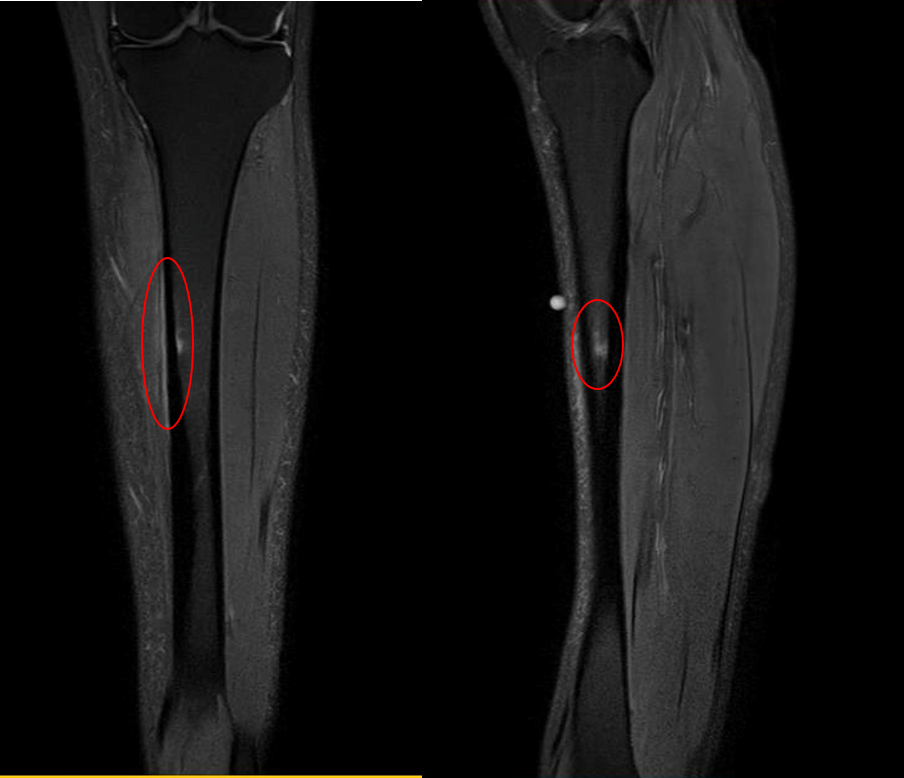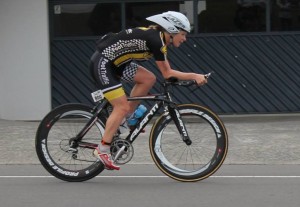When it comes to your ‘A’ race the taper can be the most trying part of the whole journey. Not only are the nerves starting to take hold, but you have suddenly cut your mileage and there is no outlet for all that nervous energy. There are plenty of pitfalls that people fall into during the taper including adding in some extra training, pushing the pace just a little too hard or over complicating your nutrition.
The idea of the taper is quite simple. Reduce the workload so your body has time to recover and replenish and be in tip top shape for race day while also making sure there is no detraining that occurs and your body remembers what its supposed to do. With that in mind you should be including some race pace efforts to remind your body of the pace but they shouldn’t be overly taxing and should have ample recovery. And that recovery is really the primary goal of your taper and where nutrition plays a pivotal role.
Because we are trying to reduce the stress on our bodies during taper it is best not to try anything new. Keep your standard meals the similar to what you have been eating the last few months during your big volume and high intensity phases. These phases stress the body a lot so if it coped with what you were eating during that time, it will be happy with it during the taper. This means that if you aren’t a big pasta eater, then I wouldn’t recommend a pasta carb load prior to the race (that’s not to say don’t go to the pasta party, it’s all part of the experience, but maybe have dinner before hand). It may also mean you have to be super prepared if you have specific dietary requirements to make sure you have access to the things your body can tolerate well during this time. These meals should contain lots of whole foods with minimal preparation (my go to rule is if i left it for a week would it rot, then its probably high in the micronutrients I need).
While your training volume has dropped during this time, it is ok to continue to eat the same amount your were previously at each meal. You have put your body through a pretty rigorous training regime and it does need a chance to top up all the engines. But listen to your body. If you are feeling full or your aren’t as hungry (particularly if your taper is longer than a week) then eat as much as you feel like. Your body is actually pretty good at determining how much nutrition it needs. We want to come to race day particularly for longer events with maximal muscle and liver glycogen stores on board, so don’t suddenly cut the calories down just because the volume is less. The mismatch will allow your body to top up these stores naturally.
If you haven’t eaten in the 2 hrs prior to training then have something small to eat that contains carbohydrates and protein. This puts some kindling on the fire to get you going. Training fasted is stressful to the body as it takes energy to be able to burn fat and sometimes our bodies default to burning protein to save fat for later. Remember that the taper is all about recovery and so we want to minimise stress as much as possible.
Keep practicing race day nutrition in any longer sessions that you might have. Its all about nailing down the pacing and the nutrition now.
Any session longer than an hour should also be followed within 15 mins by recovery fuel. This should include carbohydrates and protein because this is prime time for your muscles to take on protein for repair and carbohydrates for storage as glycogen (see https://triscience.wordpress.com/2019/02/03/post-training-rehydration/ for more detail). Its all about RECOVERY.
Hydration is super important, especially if the weather is warm. Drink water primarily throughout the day and with every meal (having food with your water helps. If it is super warm you may want to add a hydration solution -NOT a sports drink (see https://triscience.wordpress.com/2019/01/30/hydration-during-training-and-racing/ for more detail). Don’t suddenly massively increase the amount of water you are drinking as this can be a bit hard on the kidneys just be alert to not getting too thirsty. Again our bodies are good at telling us when we haven’t got enough fluids on board, just be alert to it. If you are traveling a long distance to the race then a combination of water and hydration solution during the drive/flight is important as travel can be quite dehydrating.
In general, you should keep your taper as simple and stress free as possible. Keep your meals similar, make sure to recover properly after any longer sessions and keep hydrated. Don’t over think it and listen to your body. You have enough to worry about as race day approaches without over complicating nutrition.

